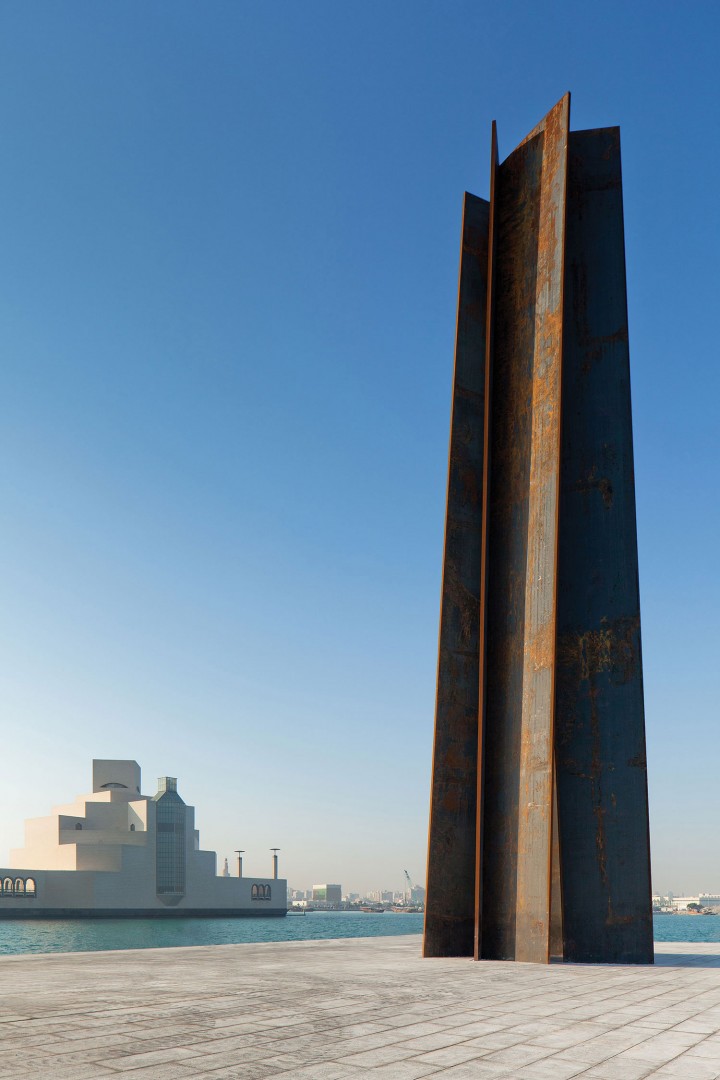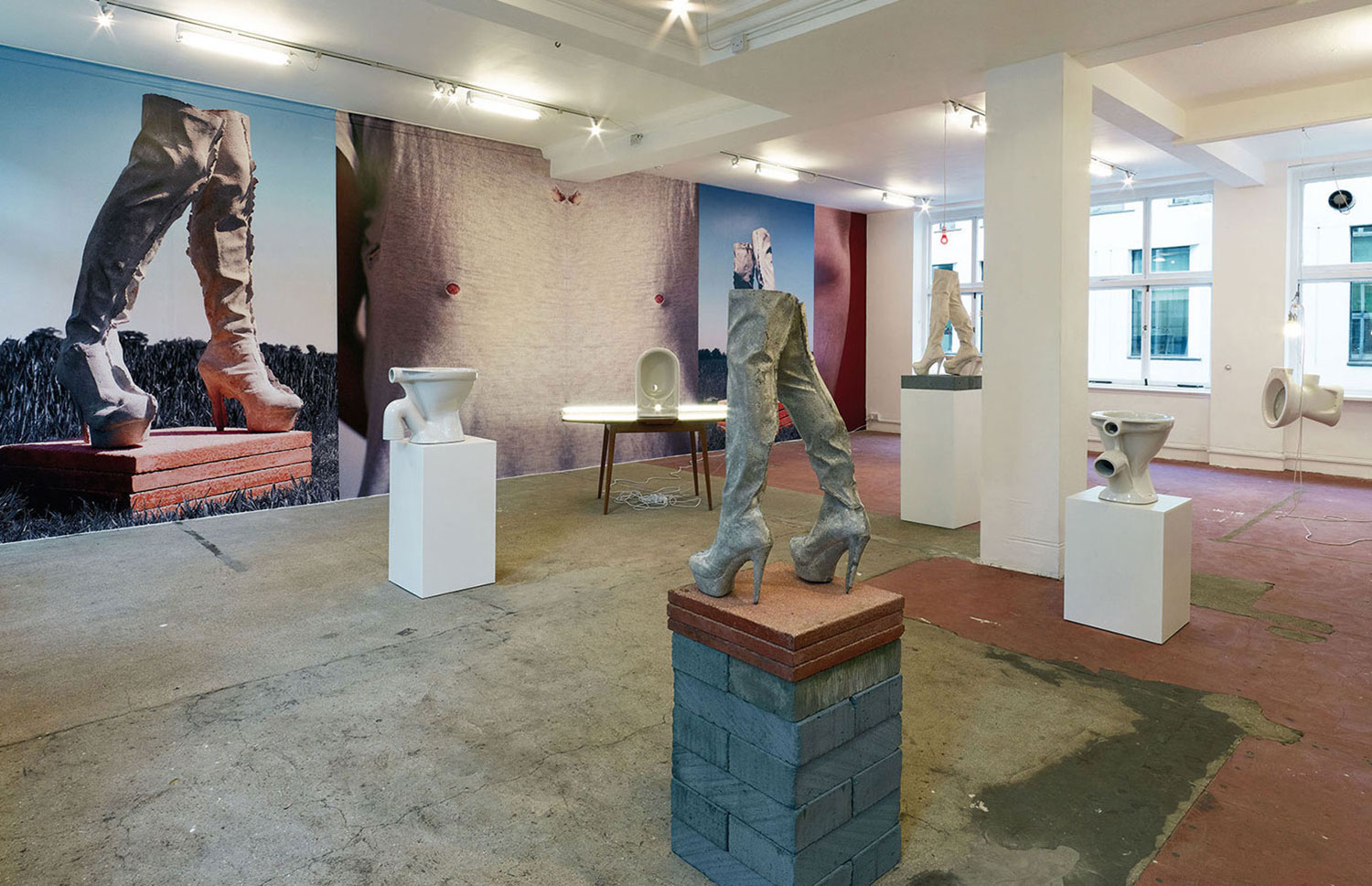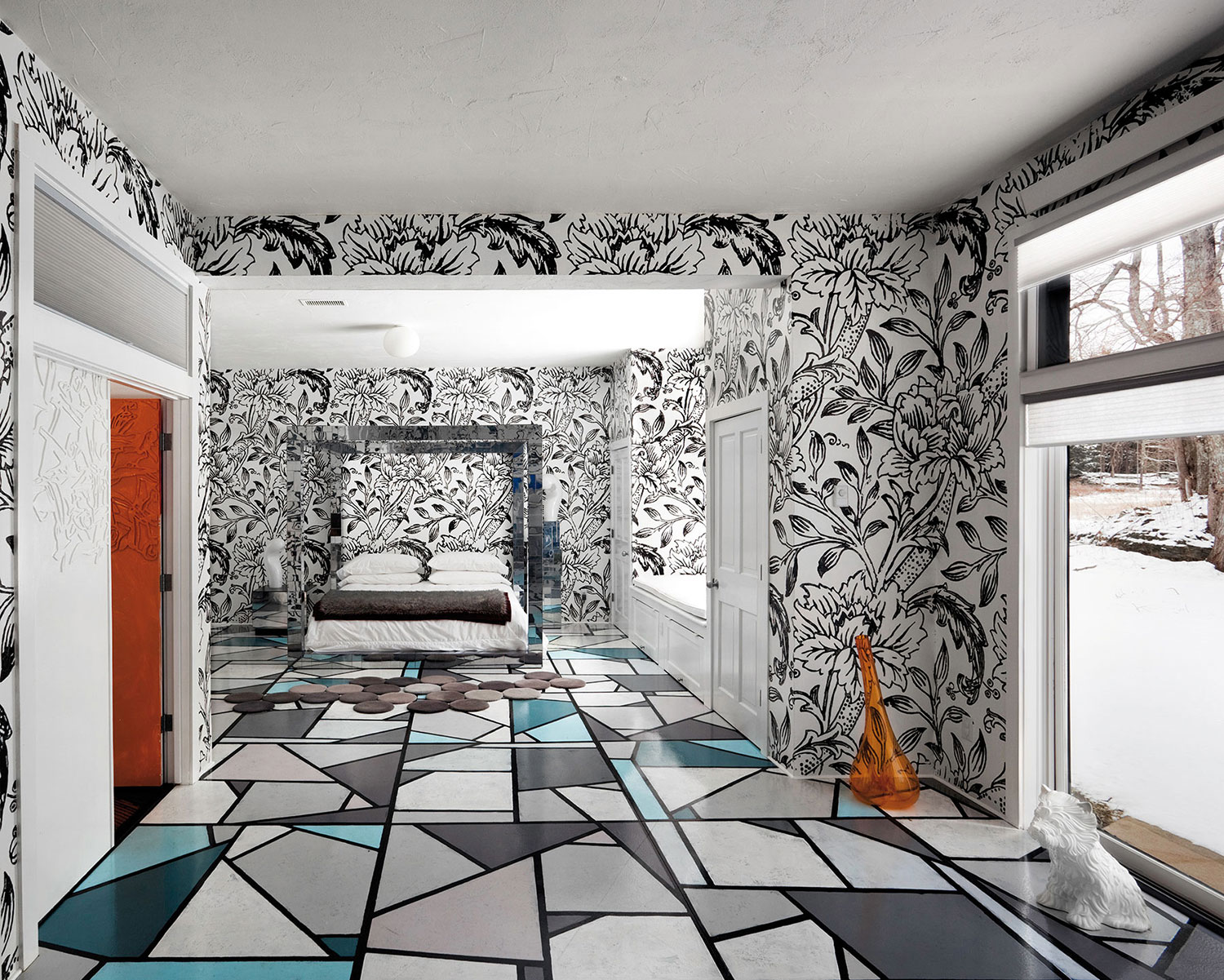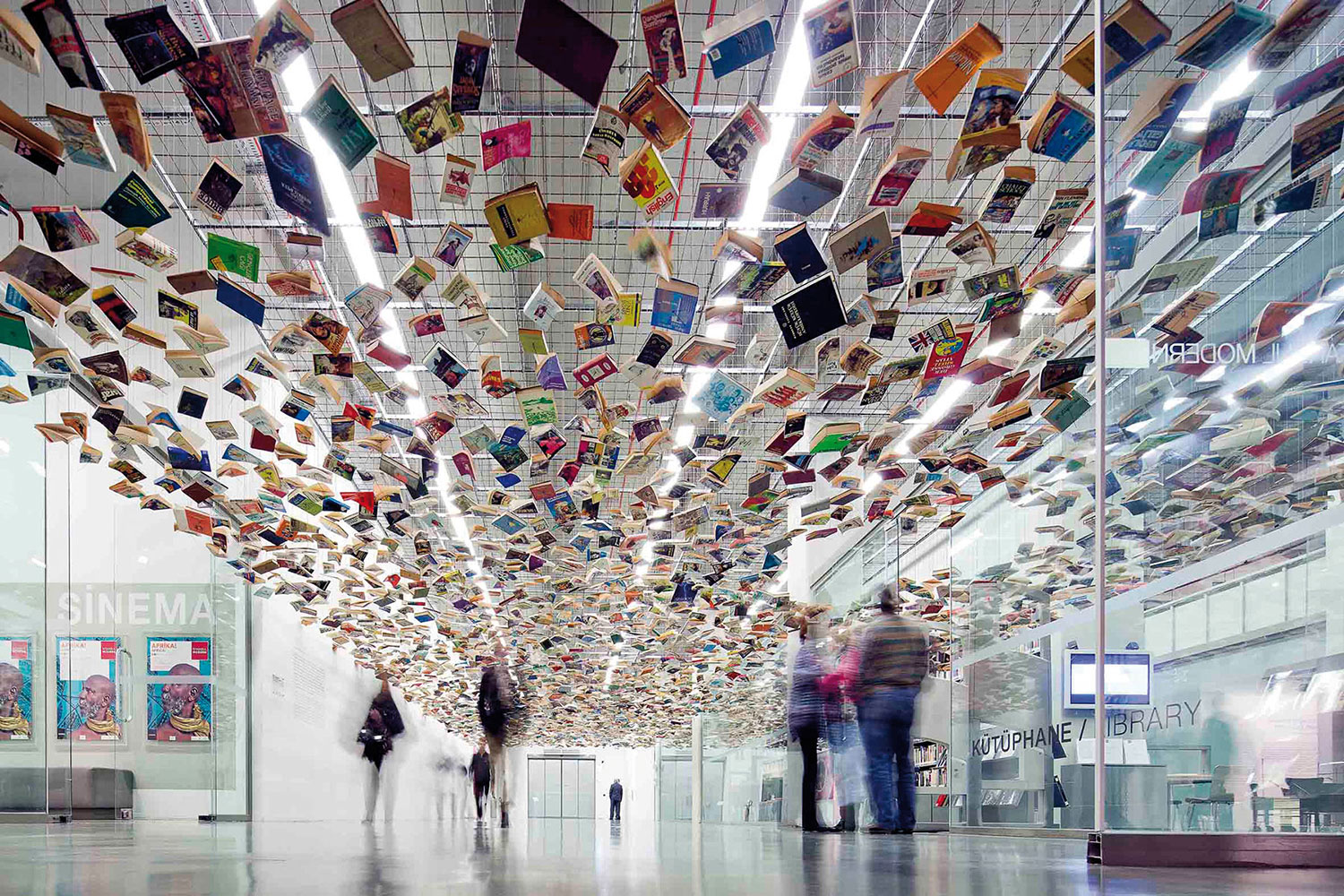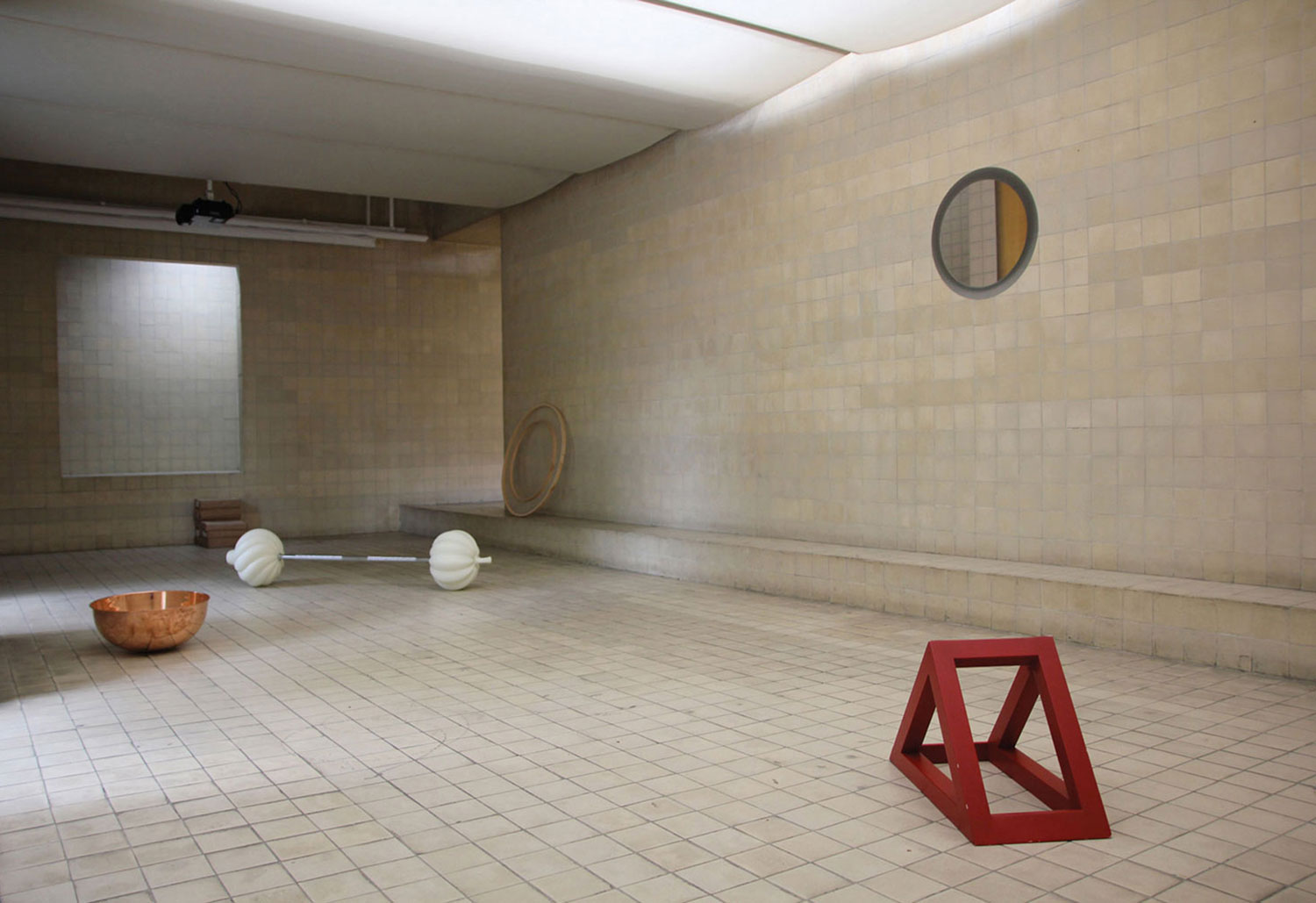
When art historian Rosalind Krauss wrote about Richard Serra’s work in 1977, she described the artist’s unrelenting and vigorously exploratory practice as one of “absurd tenacity.” Within the history of process art and Postminimalism, as it emerged in the late ’60s, as well as Krauss’s game-changing reappraisal of art production in the “expanded field,” art in that era seemed to have limitless possibilities. Unrelenting persistence, therefore, is truly an apt way of defining a group of artists who wanted to push forward, making, working and challenging the static object by not being satisfied with an end point. It is also a fitting way to explain why an artist of this generation, creating work now, would not be content with being considered within the boundaries of a semantic infrastructure defined in the past.
Such is the case with Richard Serra, whose momentum is moving forward and forcing us to rethink the limitations of historical categorization. In December 2011 he completed his first commission in the Middle East. Called 7, the sculpture is installed in Doha, Qatar, for the new Museum of Islamic Art. It sits at the end of a man-made peninsula that extends into the bay between a building by I.M. Pei and the rapidly rising city. The 80-foot sculpture, made with seven rectangular plates of vertically placed pieces of steel, dramatically rises into the air. Like his other sculptures with tall plates propped against each other at tilted angles to form a hollow shaft that the viewer can walk into, the work compels you to look up and see a patch of sky. In this case, it is a heptagonal hole.
Yet unlike Serra sculptures that might draw formal comparison to 7, such as Charlie Brown (2000) in San Francisco or Vortex (2002) in Fort Worth, the steel slabs that comprise the tower-like form are not slightly torqued, twisted or bent, but are flat planes. In fact, the inspiration for the work was ignited by the artist’s study of the two 12th-century Persian minarets in Ghanzi, Afghanistan, where towering cylindrical shafts were built with flat slabs made of terracotta.
And like the Islamic minarets, 7 punctuates the landscape with a compelling statement. The opening to the interior of the work is on the same axis as the architecture across the water; the artist hopes this decision will bring the building into the work as a component of the experience. In a conversation at the Museum of Islamic Art in Doha with Alfred Pacquement, Serra said, “I wanted there to be a dialogue with I.M. Pei’s building and what I could offer up as an experience of sculpture: to relate my language to his language in a way that was not obvious, but would make sense, so that a decade from now people might think that the entire thing went up at once and was conceived as one.”
Perhaps more compelling is the work’s placement in an in-between space: amid public and private, art and life, East and West. The dichotomy is most evident in photographs of the work that place it against the elaborate lines of the contemporary skyline, marked by futuristic new constructions that the New York Times have called “glittering and ephemeral.”1 When placed in the foreground, the severity and restraint of the raw steel form becomes a counterpoint to the shiny vertical lines of the urban landscape.
This year also marks the completion of the tour of a retrospective exhibition devoted to Serra’s drawing, as well as the completion of one of the artist’s most ambitious drawings installed and created for the presentation of the show in Texas: “Two Corner Cut: High Low.ˮ Organized by the Menil Collection, the show opened at the Metropolitan Museum of Art, traveled to the San Francisco Museum of Modern Art and closed in Houston. What follows is largely derived from a public conversation I had with the artist in Houston on the night of the opening. (Unless noted, all quotes are taken from our discussion.)

For Serra, drawing has always served as an important perceptual tool. He draws his sculptures after they are finished in order to gain a deeper understanding of the works and his physical experience of them. He fills notebooks, recording his experiences in the world, traveling, looking and thinking. In fact, Serra has said that he sees the world in terms in drawing, and he often plays graphic games in his mind, reorienting his perception of the space in front of him. He explains that he does this “to subvert my own vision” and to rethink the possibility of “redrawing vision” itself.
We can also understand the impulse behind his constant practice of drawing as a desire to maintain engagement with the hand and the eye. In a review of the exhibition, Jeffrey Weiss made the observation that for the artist, who works with the fabrication of steel sculpture, drawing becomes a “refuge of process,” where he can continue to physically engage with material directly.2 Serra has also discussed the importance of drawing during the lag that occurs between the conceptualization of a sculpture and the myriad steps towards its completion. A much-needed place of concentration, drawing is a place where he can get “immediate return from effort.”
Yet, Serra’s drawing practice is also one of autonomy, apart from his sculptures. He doesn’t consider the notebooks as “drawings” in a formal sense, but more like notions. His drawings — as drawings — are independent forms that are not involved in transcription, but rather with the internal vocabulary of drawing itself: line, form, gesture, and the body’s contact with a surface. It is also through drawing that he experiments with ways of making and marking, and where he figures out how the traditional language of drawing, that is, the relationship of the figure to the ground that makes a mark a representation of something, can be upended in such a way that the mark is something. Pushing and pulling black paintstick, his medium and color of choice since the early ’70s, he continues to be interested in developing ways to manipulate the materiality of the waxy pigment. Melting, using a meat grinder, pounding viscous waxy black substance into thick pieces of paper, or smoothing it across linen, the resulting works defy the idea of a “drawing.” Yet at the same time, they can really only be drawing.
For the presentation in Houston, the artist completed a new site-specific drawing made with two pieces of paintstick-covered Belgian linen. In a long narrow gallery, “Two Corner Cut: High Low” extends across either side of 38-foot facing walls. Each trapezoidal piece (only the top and bottom of the forms are parallel) is installed at a descending tilt, so that the viewer entering the room experiences an uncanny physical sensation of compression created by the visual weight of the facing planes of black, as well as a distinct sinking feeling due to the orientation of the downward-pointing diagonal thrust. A reporter from the local Houston paper remarked that the work made her want to do a summersault.

The term “Installation Drawing” has come to define this body of work, and it encompasses all of Serra’s drawings made with paintstick-covered linen and stapled to the wall on site. After the artist made some major breakthroughs with sculptural work like Circuit in 1972, with steel plates extending at perpendicular angles from the four corners of the gallery, he determined that drawing too could be something that offers a kinesthetic experience. His approach turns a drawing into something you can walk into, an intervening gesture that addresses the architectural container, a perceptual confrontation and a challenge to the viewer’s experience and perception of space.
What is also significant about this new drawing in Houston is that it harks back to one of the artist’s earliest drawings, Abstract Slavery (1974). First shown at Castelli and later in the important exhibition “Drawing Now” in 1976 at the Museum of Modern Art, the trapezoidal drawing is characterized by a slight incline from left to right, so that a skinny white triangular wedge forms between the floor and the bottom of the work. That is to say the black form’s relationship to the floor is not parallel, and only the left edge is perpendicular to the floor. As such, the work’s askew shape creates a sense of unease, tapping into that wonderfully human desire to straighten lines (or crooked picture frames) that conflict with our perception and expectation of perspectival order. With the Menil’s dark ebony-stained floors, the revealing white wall below the edge of the linen and above the floor makes a partially pronounced crevice that accentuates the careful tilt of the work.
For the new drawing, Serra has referenced this original play with dislocation that he first manifested in Abstract Slavery. But here, the perpendicular edge forms where the canvases hit the wall at opposite sides, and the top right corners just touch the end of the wall. The perceptual alteration is both subtle and profound, and as a gesture in the final space of the retrospective, it is a crescendo that points to the past, while demonstrating Serra’s seemingly limitless possibilities.

